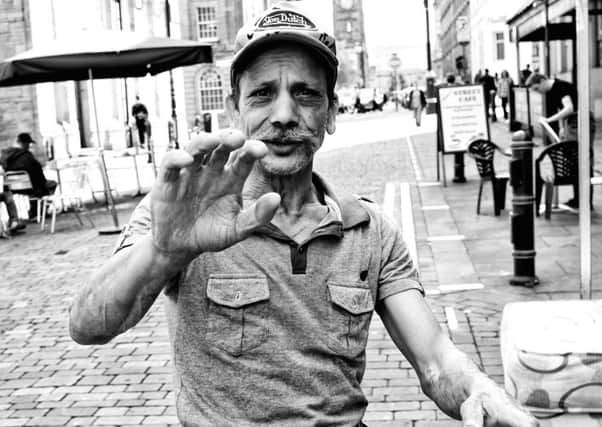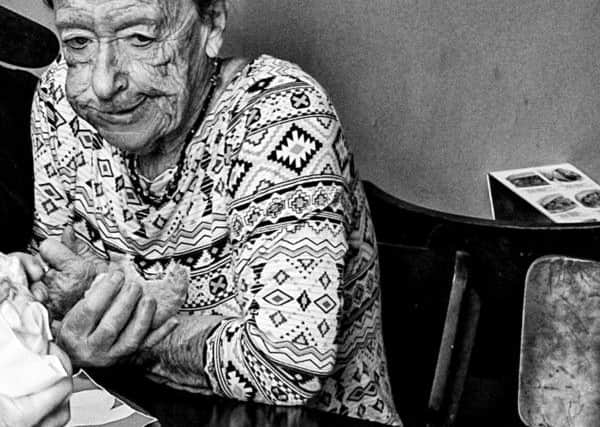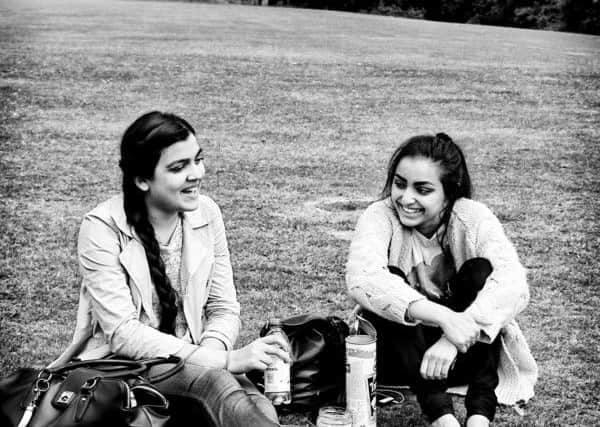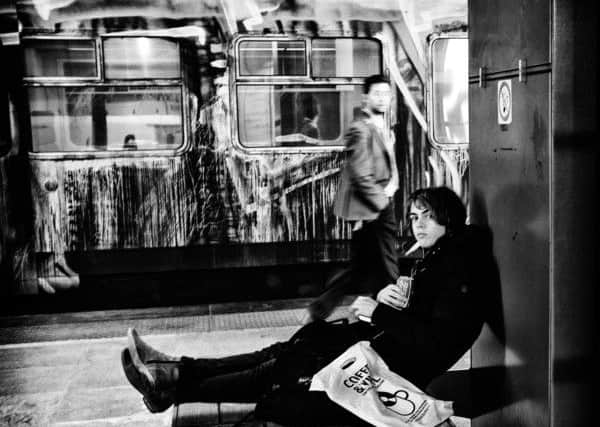At the business end of the lens


“He used to board up the bathroom window and turn it into a darkroom. A large wooden plinth above the bath served as a table for the various trays of chemicals to sit in – that smell is so distinctive I can recall it even now. Dad was definitely in charge. My job was just to watch, but I remember being fascinated as he operated the enlarger, exposed paper and then slowly developed the images.
“For Dad, it was really about recording family events, like birthdays and Christmases. He was incredibly talented and photography gave us a shared interest. It was something we could share and do together.”
Advertisement
Hide AdAdvertisement
Hide AdWhen he was 10, Jonathan, who grew up in Leeds, progressed to a basic 35mm camera, but while his father’s passion for photography continued his own enthusiasm eventually waned. After leaving school, his thoughts instead turned to a career. One of Yorkshire’s leading entrepreneurs, more than two decades ago he founded a firm which would become the UK’s biggest supplier of waste and recycling containers. The pressures of running his own business meant he had little time for anything else, but having recently sold the company for a little over £10m, overnight Jonathan found himself as a man with rather a lot of time on his hands.


Speaking earlier this year, he talked of wanting to write, of continuing his philanthropic work and about a renewed desire to pursue photography. The latter was sparked when he rediscovered his father’s own extensive archive of images and cemented when he went on a walking tour of Huddersfield.
“I know it might sound like a curious place to be so suddenly inspired, but I really became aware of all the people who were milling around. Right there and then I wanted to capture their images, I just found it fascinating. My father is no longer with us, but he left thousands of images behind and each one captures a moment in time and after so many years of not thinking twice about photography I went out and bought myself a decent camera.”
Returning to Huddersfield, Jonathan captured the people working in the town’s market, office workers escaping their desks at lunchtime and friends passing the time of day on the town’s streets. Most never know they have been the focus on Jonathan’s lens and he says those that do generally don’t seem to mind.
Advertisement
Hide AdAdvertisement
Hide Ad“I quite like it when I capture them looking straight into the lens, it gives the image a real sense of immediacy and, touch wood, I haven’t yet run into any problems. It’s funny, but until recently I didn’t even know there was a genre called street photography, but it’s huge and it’s something that really seems to suit my style.”


While a large number of Jonathan’s pictures have been taken on home soil, in recent months he’s also travelled further afield and his growing collection of work now includes street photography from Tel Aviv, Jerusalem, Munich and the Algarve.
“These places couldn’t be more different, but what I find really interesting is that the people could be from anywhere. A guy in a market could as easily be in Huddersfield as Jerusalem.”
Like his father, Jonathan shoots exclusively in black and white and while he struggled in the early days to replicate the depth of quality of traditional film he has now grappled with digital technology.
Advertisement
Hide AdAdvertisement
Hide Ad“It’s true that basic digital pictures don’t have the richness of film, but once you know the tricks of the trade then you can achieve that same quality. I’ve always been drawn to black and white images, because there’s a truth to it which you just don’t get in colour.”


Eventually, Jonathan would like to stage an exhibition of his work, but for the moment he’s happy experimenting and building an online audience. He is pushing 7,000 followers on Twitter and has an active Instagram site. “Social media has changed everything in terms of getting your work seen. It also means you get instant reaction. One of my most popular images was taken in Tel Aviv. It’s just of a girl on a bicycle, very ordinary in many ways, but it’s had a great reaction.
“It’s true what they say, every face really does tell a story and that’s what I love about street photography. Now wherever I go I take my camera, so I guess I did eventually follow in my father’s footsteps.”
• View more of Jonathan Straight’s work at cargocollective.com/straight or on Instagram at instagram.com/straightpix/